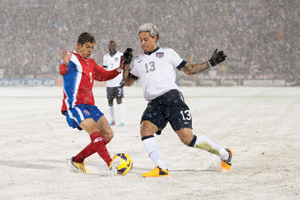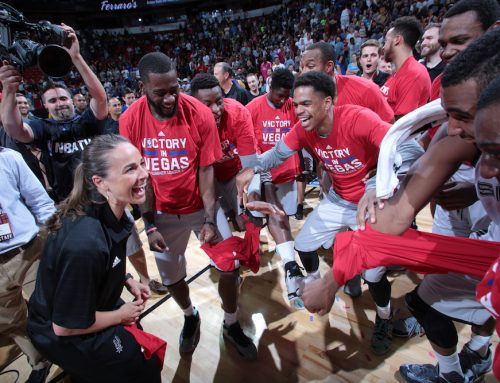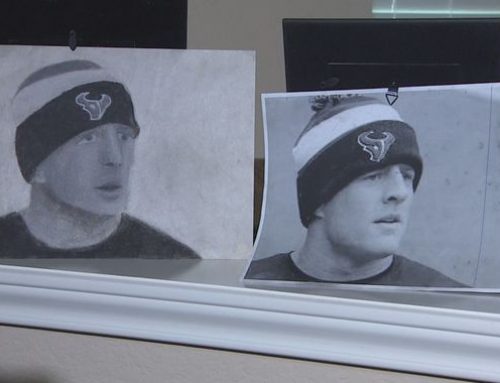via www.sportsbusinessdaily.com by John Ourand
My Twitter feed blew up when the U.S. men’s national soccer team played Costa Rica in near whiteout conditions March 22. Commentary around the game andESPN’s production of it dominated my feed.
Early in the first half, I sent out a tweet suggesting that people turn to ESPN to see amazing pictures of an important national soccer game being played in a blinding snowstorm. That was retweeted nearly 100 times.
It was a Friday, toward the end of the NCAA tournament’s round of 64. And it was clear that soccer was winning Twitter — so much so that ESPN executive Mike Soltys tweeted during the first half: “Current trending scoreboard: USA/Costa Rica 4 NCAA 2.
That’s why I was so surprised to see TV ratings from that night. Only 857,000 viewers tuned in to see the match. That’s the same number of viewers who watched a Tuesday night episode of “Chelsea Lately” on E! — an episode that generated no Twitter trending topics.
 |
| The U.S.-Costa Rica snow game set Twitter on fire. Photo: GETTY IMAGES |
What gives? How could my Twitter feed have been so out of touch with television?
This is one of the questions being asked more frequently in media circles these days: Do trending topics bring ratings points? It appears that there’s no easy answer.
Late last year, Nielsen announced plans to develop a Twitter TV rating that puts a number to social activity around TV shows. Last month, Nielsen released statistics that showed a correlation between Twitter and TV ratings.
Network research executives say they don’t have enough information to determine whether Twitter affects TV ratings.
Take the soccer game, for example. It may have generated more Twitter trending topics than the NCAA tournament. But the NCAA tournament produced 11 times more TV viewers that night. The 9.8 million viewers who watched the NCAA tournament’s late window on March 22 dwarfed soccer’s audience.
To me, the soccer game’s numbers backed up the skepticism most TV executives have when they talk about Twitter’s effect on sports TV ratings.
But network executives had a different take. They pointed to the soccer game as an example where social media may have had an effect on the soccer game’s 0.5 national household rating.
“There’s no doubt in my mind that Twitter created interest at that moment and caused people to tune in and check it out,” said Artie Bulgrin, ESPN’s senior vice president of research and analytics. “But maybe they spent a couple of minutes. There was cause and effect, but probably not enough to move the ratings needle.”
The U.S.-Costa Rica game was tailor-made for social media. Mike Mulvihill, Fox Sports’ senior vice president of programming and research, said his Fox Soccer Channel has found that a disproportionate number of soccer fans use social media, which created trending topics around the game.
Add in the amazing pictures of soccer being played in a snowstorm, and you get the amount of buzz that it created around social media. The fact that the game’s audience doubled in size from the early stages to the final whistle suggests that, maybe, social media helped.
“I don’t think you can conclusively rule out the idea that Twitter had an impact on that game’s ratings,” Mulvihill said.
Both Bulgrin and Mulvihill agreed that bigger events are much less likely to see a ratings impact from social media.
“It’s really about numbers, and television is so big that you need huge scale to drive impact,” Bulgrin said. “If enough people tweeted about an event to drive it from a 0.7 to a 0.8 rating, we’d have to get about another 100,000 viewers to watch
The executives believe television has a much bigger influence on Twitter than Twitter has on TV.
“It’s clear that TV viewing drives Twitter usage,” Mulvihill said. “Events on TV are emphasized on Twitter.”



